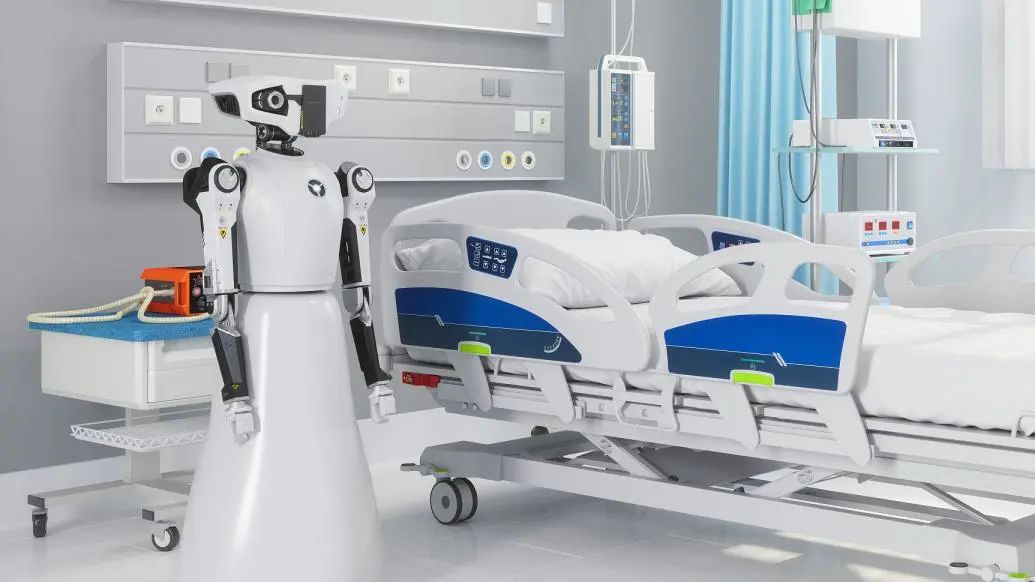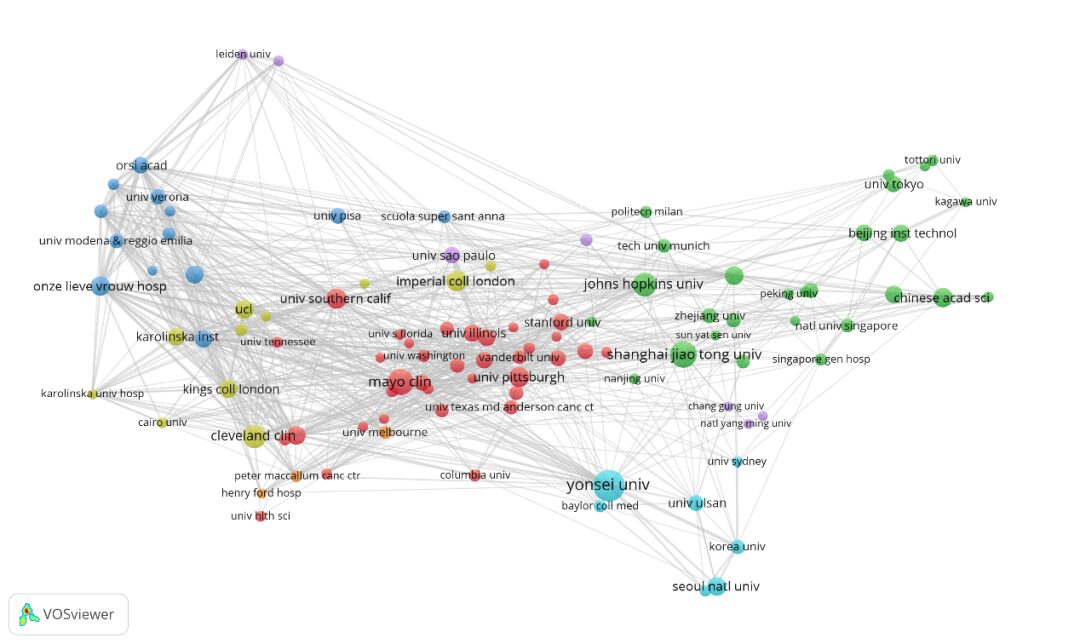
Against the backdrop of an aging population and the outbreak of COVID-19, healthcare has gained significant attention in recent years. Medical devices, as an integral part of healthcare, are rapidly increasing their market share, from professional high-end medical devices to portable home medical equipment. The China Research Industry Institute‘s “2022-2026 China Medical Device Industry Consultation Report” indicates that the global medical device market is expected to exceed one trillion dollars in 2023, and China’s medical device market is also showing stable and rapid development, gradually forming three major industrial agglomeration areas: the Guangdong-Hong Kong-Macao Greater Bay Area, the Yangtze River Delta, and the Beijing-Tianjin-Hebei region.
However, a closer look at China’s performance in this industry reveals that it is concentrated in the research and manufacturing of low to mid-end medical devices, with high-end products primarily relying on imports from Europe and the United States. Furthermore, the integration of smart devices and big data is becoming the mainstream direction for the future development of medical devices. China urgently needs to strengthen its focus and research on high-end medical devices. The author’s research team takes the field of medical robots as a microcosm of high-end medical devices and analyzes China’s advantages and shortcomings in this industry to promote the healthy and comprehensive development of China’s medical device industry.
1. Global Development Trends in the Medical Robot Field
The research team analyzed literature and patent data from 2017 to 2021 from five independent dimensions to gain insights into the current global academic development trends and China’s situation.
(1) Analysis of High-Impact Literature
Among all high-impact papers, the United States has 516 papers, accounting for 41.58%, leading far ahead in the production of high-impact literature in the field of medical robots compared to other countries. Italy, China, and the UK produced 193 papers (15.55%), 184 papers (14.83%), and 141 papers (11.36%), respectively. Countries like Germany, South Korea, France, and Japan have weaker output of high-impact literature.
(2) Collaboration Network Density
Comparing high-impact paper data, the United States and Italy maintain priority positions with collaboration network densities of 0.273 and 0.204, respectively. The UK (0.145) and Germany (0.128) surpass China (0.097) in this indicator, indicating that Western countries place greater emphasis on international collaboration between institutions. Although China has a total of 1,740 papers, the number of collaborative connections among institutions is relatively low, and international collaboration is lacking, with a tendency for cooperation to occur mainly within institutions or among domestic institutions.
(3) Quality-Adjusted Patents
Over five years, China has 2,473 original patents, accounting for 72.5% of the world’s total patents, indicating significant progress in the medical device field in recent years. However, it should be noted that after quality adjustment, the number of patents in China plummeted by 47%, indicating that China’s patents are concentrated in the domestic market with low international recognition. The United States (368), Germany (22), and France (40) have fewer patents, but their patent quality is high, significantly increasing after adjustment, with the United States showing the largest increase (222%). This further illustrates the comprehensive output capability of the United States in the field of medical robots.
(4) Scientific Organization Capability
In terms of literature, the United States has the most publishing institutions (1,336), which explains the large volume of literature published in the past five years and promotes rapid development in the field. In terms of patents, China’s application institutions (1,119) are proportional to the number of patent applications, nearly twenty times the number of South Korea (59), which ranks second. Despite the large number of patent application institutions in China, the average number of patents applied for by each institution dropped from 2.21 to 1.17 after adjustment, indicating that many institutions in China are applying for low-quality patents.
(5) High-Output Literature Institutions
Analysis of the contributions of literature publishing institutions shows the results in Figure 1. Yonsei University in South Korea has the highest publication volume and collaboration connections, leading among literature output institutions. Shanghai Jiao Tong University, Mayo Clinic, Johns Hopkins University, and others have outstanding performance, but it is evident that the connection density of Western institutions is much higher than that of institutions in China and other Asian countries. In quantity, Western institutions dominate, and their research entities mainly consist of specialized institutions and universities, while research institutions in China and other Asian countries are predominantly universities, resulting in a lack of diversity in research entities.

Figure 1 Contribution Analysis of Literature Output Institutions
In summary, both the United States and China exhibit outstanding research capabilities in the medical robot arena, each with its own highlights. The United States holds an advantage in output quality, while China’s research environment appears optimistic in terms of output quantity, with widespread attention and promotion of the medical robot field in China.
2. Suggestions for Coordinated Development of China’s Medical Robot Field
By analyzing global development trends and examining its own weaknesses, improvement is a pressing issue that requires attention. Therefore, we propose the following suggestions to help the medical robot field in China develop steadily.
1. Strengthen international exchanges and inter-institutional cooperation
In the era of “big science,” leveraging collective strength to achieve significant goals has become the mainstream of research. Domestic scholars often collaborate based on “colleague” relationships with small teams, focusing mainly on internal institutional cooperation or cooperation among domestic institutions. This research model not only restricts research perspectives but also hinders the integration of diverse disciplines, leading to a phenomenon of “inbreeding” in research. Shanghai Jiao Tong University, Yonsei University in South Korea, and others have established exchange programs and cooperation platforms to attract senior scholars from around the world to participate in exchanges and collaborations, building bridges between their research and high-quality global resources. In the internet age, it is recommended that research institutions and scholars fully utilize data technology to break out of the “colleague” barrier and transform global advantageous resources into drivers for their own research development, “standing on the shoulders of giants to see the world.”
2. Improve patent regulations and subsidy mechanisms
The patent subsidy mechanism that encourages corporate innovation has led to a large number of low-quality patents circulating in the Chinese market, creating a “patent bubble” and turning the subsidy mechanism from encouraging innovation into the government “purchasing” patents from enterprises, deviating from the original policy intent. Low-quality patents not only disrupt the orderly development of the domestic patent market but also lower the global patent market’s evaluation of Chinese patents. It is recommended that the government strictly regulate the patent authorization system, rejecting patent applications for low-quality patents, minor improvements, or common knowledge, to eliminate the emergence of low-quality patents from the source; improve patent protection procedures and subsidy mechanisms; and take strong measures against the trading of low-quality patents and “patent cockroaches,” while curbing the motivation of enterprises to “purchase” patents for subsidies, maintaining stability in the patent market from multiple angles. Additionally, for already authorized patents, public oversight rights can be granted to review patents in dispute and control patent quality during the circulation phase.
3. Promote close connections among government, industry, academia, and research
The original promotion of industry-academia-research cooperation essentially connects enterprises with universities and research institutions, integrating various production factors from research output to commercial production of emerging technologies, and promoting the transformation of academic achievements into commercial results for the market. This process requires government participation in market supervision and provision of data development platforms to ensure that research results can ultimately enter the commercialization phase in an orderly manner and reach users. In addition to the traditional interconnection between industry, academia, and research, China also needs to emphasize the role of government, improve the construction of data development platforms, and provide enterprises with space to operate, enhancing the efficiency of research-technology-achievement transformation. As medical robots gradually move toward intelligent and digital integration, the government also needs to intervene in regulation and improve institutional standards such as ethical norms.
4. Promote multi-line development in different subfields within the track
Neurosurgery was one of the earliest fields to adopt robots in medicine, showing strong initial development momentum. However, due to its high precision and limited space requirements, it has been surpassed by fields such as urology, nephrology, and laparoscopic technology, which are currently hot research areas. China’s starting point in popular fields is later than that of Europe and the United States. Despite significant recent developments in the medical device industry, a gap still exists. However, in the field of neurosurgery, China’s research progress is on par with the world. In addition to continuously catching up with leading countries in popular fields, it is also crucial to maintain research progress in advantageous areas, continually engaging with emerging technologies, deepening the integration of medicine and engineering, and expanding into more sub-surgical fields.
5. Guide the comprehensive and healthy development of the Chinese market
The global medical robot market pays significant attention to surgical robots, with laparoscopic surgical robots accounting for as much as 63.15%. In contrast, the proportion of rehabilitation robots in the Chinese market is 47%, far exceeding that of surgical robots (17%) and other types of robots, indicating a state of “specialization.” This is partly due to the increasing aging population in China. In the future, the development of the economy, the aging population, and the opening of the “three-child” policy will pose challenges to the demand for various medical robots. The government needs to strategically plan the market layout to guide the comprehensive development of the Chinese market, creating an environment that hospitals are willing to introduce and individuals are willing to use.
Overall, China shows a bright performance globally. Although there are some shortcomings, they do not overshadow the strengths, and China’s strong momentum in this field should not be underestimated. However, attention must also be paid to the issues in development, with targeted efforts to address shortcomings. The government, researchers, and enterprises must work together to achieve stable and healthy progress in the medical robot field.
(Author Xu Xin is a professor and doctoral supervisor in the Department of Information Management, School of Economics and Management, East China Normal University, and director of the Shanghai University Think Tank; Ye Jiahui is a master’s student in the Library and Information Science program at the School of Economics and Management, East China Normal University. Professor Xu Xin focuses on new technologies, new industries, new business forms, and new models in the new economy, and is concerned with the governance of emerging technologies. This column, themed “Industry and Governance,” explores forward-looking issues of technological innovation in economic and social development.)

Some content is sourced from the internet, and copyright belongs to the original author. If there is any infringement, please contact us, and we will handle it promptly.